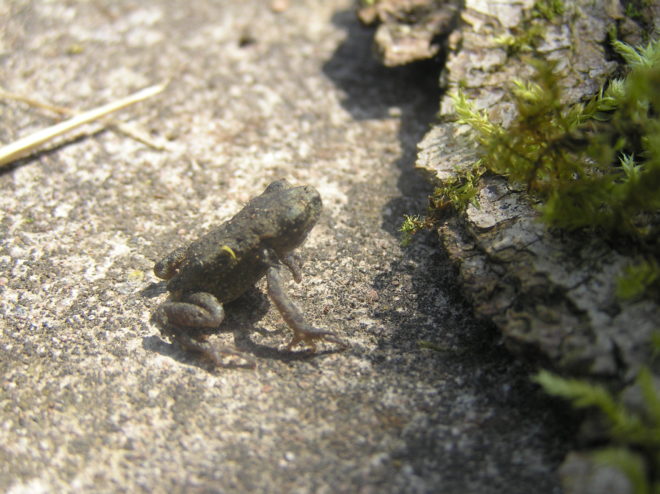That’s toadally awesome news!
August 13, 2021

Almost £250,000 of lottery funding will help to create new dew ponds to help wildlife thrive.
Dew ponds are synonymous with the chalk grassland of the South Downs, historically being dug by farmers as a watering hole for livestock and providing a home for all manner of species, including frogs, toads and dragonflies.
However, it is estimated that up to 40 per cent of the dew ponds may have been lost in the region.
Now The Froglife Trust has been awarded a grant of £249,000 for its Discovering Dewponds project.
The trust will be working with Brighton & Hove City Council and the South Downs National Park Authority to create nine dewponds, working closely with land managers to achieve conservation goals.
The project will also be working with local communities to create wildlife corridors, improving local green spaces, parks and school grounds for wildlife.
Alongside the habitat work, the project will be delivering a programme of public engagement, including working with local groups to gather wildlife memories.
Jeremy Burgess, who leads landscape and biodiversity for water habitats in the National Park, said: “Dew ponds are an important feature in the landscape of the South Downs National Park and many are part of our cultural heritage, with a long history of sheep grazing and droving.
“The ponds are also key for biodiversity, providing a vital source of water in the dry chalk landscape, habitats for aquatic species and drinking and bathing for a wide range of birds and animals. This wonderful project complements our existing nature recovery work to help restore dew ponds and create a network that will help wildlife, including amphibians, flourish.”
Kathy Wormald, CEO of Froglife, said “Thanks to National Lottery players, we will be able to restore and create dewponds currently missing from the landscape. It is a great opportunity for us to improve the biodiversity value of the South Downs, and to raise nature conservation awareness amongst new audiences.”
